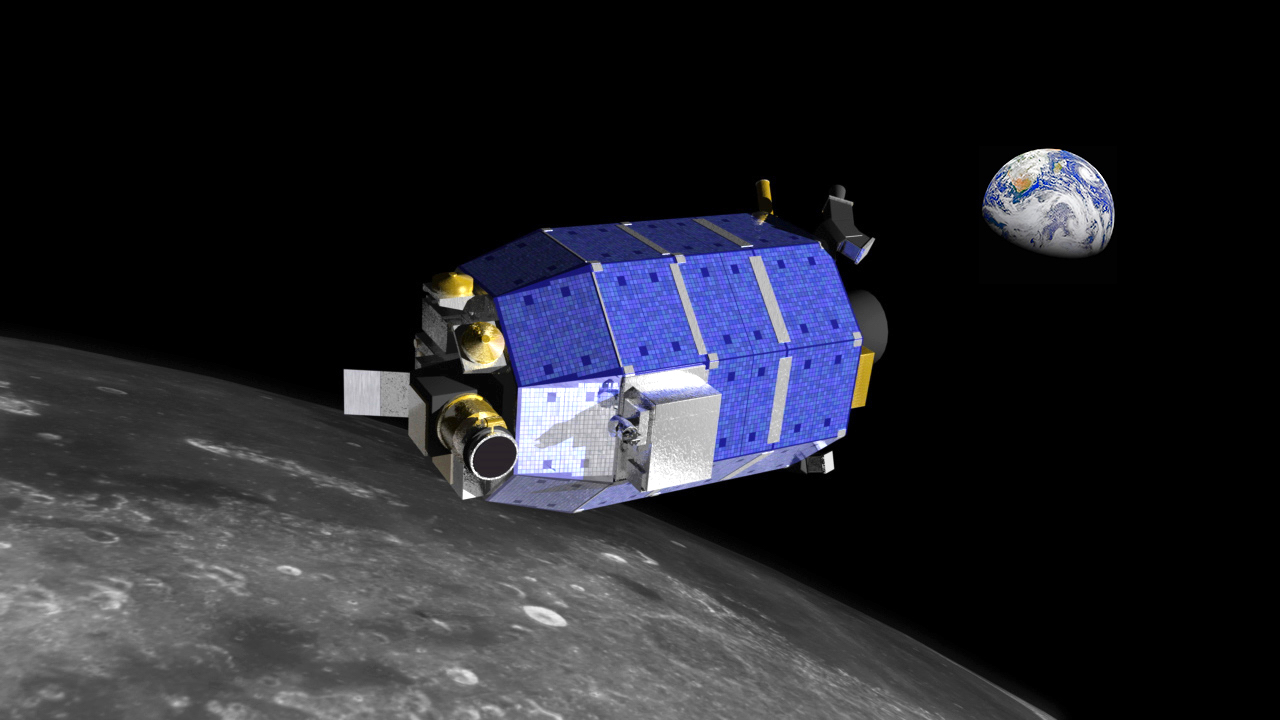Apollo Moon Soil Radiation Experiment
Profile of the Radiation Effects Laboratory at the Goddard Space Flight Center in Greenbelt, Maryland.
Song: "Gateway Identified" from Universal Production Music.
Watch this video on the NASA Goddard YouTube channel.
When a stream of charged particles known as the solar wind careens into the Moon’s surface at nearly 280 miles per second (450 kilometers per second), it enriches the Moon’s surface in ingredients that could make water, NASA scientists have found.
In this experiment, planetary scientists Jason McLain and William Farrell, from NASA’s Goddard Space Flight Center in Greenbelt, Maryland, are testing how this process works and the chemical signatures it leaves behind, which can be detected by remote sensing or surface instruments.
Using an ion gun at Goddard’s Radiation Effects Facility, scientists generate simulated solar wind and shoot it at a disc loaded with regolith inside a vacuum chamber. Then, they watch the chemistry that unfolds. By doing experiments like these, NASA scientists have found that as the Sun streams protons to the Moon, those particles interact with electrons in the lunar surface, making hydrogen (H) atoms. These atoms then migrate through the surface and latch onto the abundant oxygen (O) atoms bound in the silica (SiO2) and other oxygen-bearing molecules that make up regolith. Together, hydrogen and oxygen make the molecule hydroxyl (OH), a component of water, or H2O.
See more here: NASA Scientists Show How Ingredients for Water Could be Made on Surface of Moon, a 'Chemical Factory'
Vertical version for IGTV and other social media platforms.
Spanish language version
Credits
Please give credit for this item to:
NASA's Goddard Space Flight Center
-
Producers
- James Tralie (ADNET Systems, Inc.)
- Lonnie Shekhtman (ADNET Systems, Inc.)
-
Writer
- Lonnie Shekhtman (ADNET Systems, Inc.)
-
Videographer
- James Tralie (ADNET Systems, Inc.)
-
Video editor
- James Tralie (ADNET Systems, Inc.)
-
Scientists
- Jason McLain (University of Maryland, College Park)
- William Farrell (NASA/GSFC)
-
Technical support
- Aaron E. Lepsch (ADNET Systems, Inc.)
Release date
This page was originally published on Tuesday, September 17, 2019.
This page was last updated on Wednesday, May 3, 2023 at 1:45 PM EDT.
